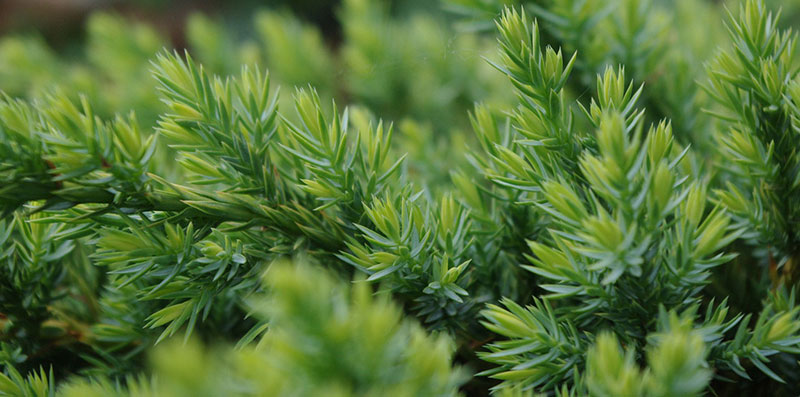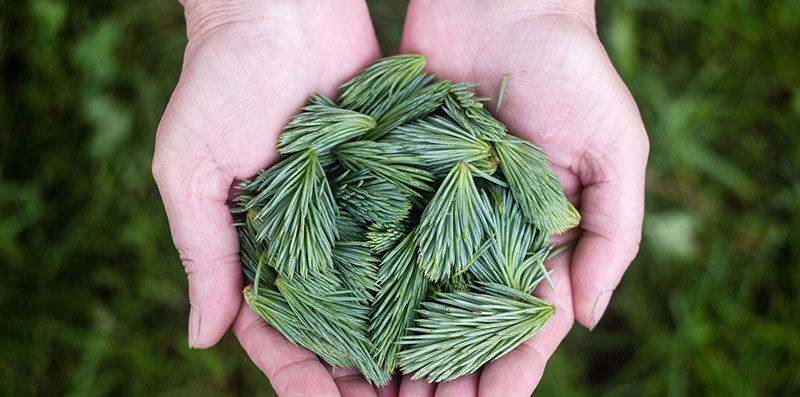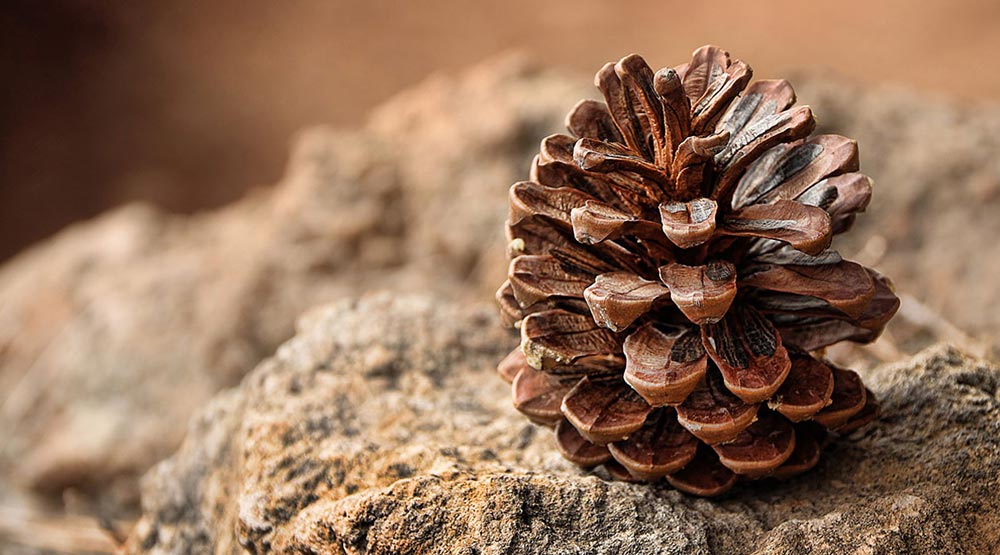The most used type of wood for the construction of windows in Italy: main characteristics and curiosities.
The pine, from the Latin Pinus, is an evergreen tree belonging to the Pinaceae family, which includes approximately 220-250 species spread throughout the northern hemisphere and grouped into 11 genera. The Pinoideae are one of the 3 subfamilies of the Pianceae and the genus Pinus is part of it with its approximately 120 species of conifers and evergreen shrubs, including Pinus Sylvestris and Pinus Rigida.
Characterized by a yellowish-whitish sapwood which clearly differs from a light pinkish-brown-reddish heartwood, with clearly distinct growth rings, it has a very dense branching, with a conical shape with the tip pointing upwards (hence the name <conifers>) and can reach up to 40 meters in height. The evergreen leaves are needle-like, with dimensions varying between 3 and 5 cm in length. The bark, which is reddish-brown at the base in adult trees, has a tendency to detach large parts and resin pockets are frequent, which form naturally due to being a very resinous type of tree.
Pine has been present in nature since the Ice Age and man has always used it, not only for its highly versatile woody raw material, but also for its abundant production of resin, which in ancient times was mainly used to distill tar and oil for various uses, including lighting. Widely spread throughout the area of central-northern Europe, with valuable concentrations especially in Sweden, Austria and Eastern countries, it can also easily be found in Italy, both on the Alpine and Apennine sides.

The resulting material is fairly heavy (dried mass: 500Kg x m3) with a hardness of 25N/mm2. For the production of doors and windows it represents one of the most used types of wood thanks to its easy processing, its straight fiber which is very resistant to static bending and on average resistant to compression, and the fact that it lends itself to the most varied colours.
Although the durability of a window must be attributed mainly to the protective treatment and its direct maintenance, a good part of the work is also done by the chosen wood species: in terms of durability, pine remains the first recommended choice.
Given its high percentage of resin and the notable presence of knots, it is advisable to always choose wood coming from forests and sawmills certified for “silviculture” which can guarantee artificial drying treatments aimed at eliminating any unwanted internal agents, such as resins, fungi and molds . If not well treated, in fact, the resin and knots can favor the formation of unsightly stains and halos on lacquered surfaces which lead to small and localized amber drips, especially in the warmer months.

In the production of windows and doors, the following are mainly used:
- Solid pine: obtained from the innermost and therefore densest part of the trunk. This makes it very high-performance in terms of thermal insulation, therefore more suitable for hilly or mountainous areas. It is the natural wood par excellence, the result of the simple processing of the raw material. Finally, its rustic flavor makes it unmistakable and with multiple fine colours. Scots pine is the most used species in Italy for the construction of windows, it is normally imported from Northern Europe.
- Laminated pine: made with 3 or more layers of solid wood, glued with opposing fibers to compensate for the natural tensions of the wood, thus ensuring the stability of the window. It is assembled with non-toxic glues and is exclusive as its composition ensures perfect homogeneity given by the careful selection of parts free of knots and irregularities. It therefore guarantees greater stability.
A choice, therefore, among the most recommended in terms of windows and doors, which guarantees all the main characteristics of the wood itself understood as a raw material, such as: versatility, durability, resistance and beauty. A material that you can trust and from which you derive numerous benefits also in terms of energy saving.
THE PINE BETWEEN MYTH AND LEGEND
Thanks to its massive and ancestral presence, the pine has always been the subject of myths and legends of ancient man.

The Greeks traced its origins to the nymph Pitis who boasted two important suitors: the god Pan and Boreas, the North Wind. Forced to choose between the two and preferring the attention and love of the god Pan, Pitis fell victim to the fury of the rejected suitor who, blowing a strong wind, made her fall from a precipice causing her death. The Earth, taking pity, transformed the young nymph’s body into a tree, the Pine, and from that day on the god Pan used to adorn his forehead with its branches. It is also said that in autumn, when the North wind (the Tramontana) blows through the woods shaking the branches of the pine trees, you can hear the crying of the nymph Pitis and her tears are transformed into resin dripping from the pine cones.
Even for the Gauls the pine was a tree sacred to the gods, so much so that it was absolutely forbidden for anyone to cut it down. In the first centuries of Christianity, Saint Martin, bishop of Tours, was in Gaul to evangelize those pagan lands. After having demolished a pagan temple, he was ready to also demolish a pine tree that stood nearby, as it was worshiped by the local pagan community. One of the farmers, highly opposed to felling the tree, challenged the bishop, proposing that he place himself in the probable path of the pine’s fall. If he had not been hit, he would have demonstrated that he had his own God with him and therefore they would have proceeded to overthrow him themselves. Martino accepted the test and the tree fell nearby, saving him. The peasants, therefore, overcome by this miracle, immediately converted.
In the Far East, the pine evokes immortality thanks to its robust wood and evergreen leaves. It is said that the resin, when it penetrates the soil, produces, after a thousand years, a kind of miraculous mushroom that gives eternal life.
In Japan, pine and cypress wood is used to build Shinto temples and ritual tools. The extracted resin forms concentrations called “tears”, incorruptible, translucent, which seem to contain sunlight: symbols of immortality and purity.
DID YOU KNOW THAT…?
In Greece, pine resin was added to wine under the pretext of ensuring its preservation, a practice that continues today.

